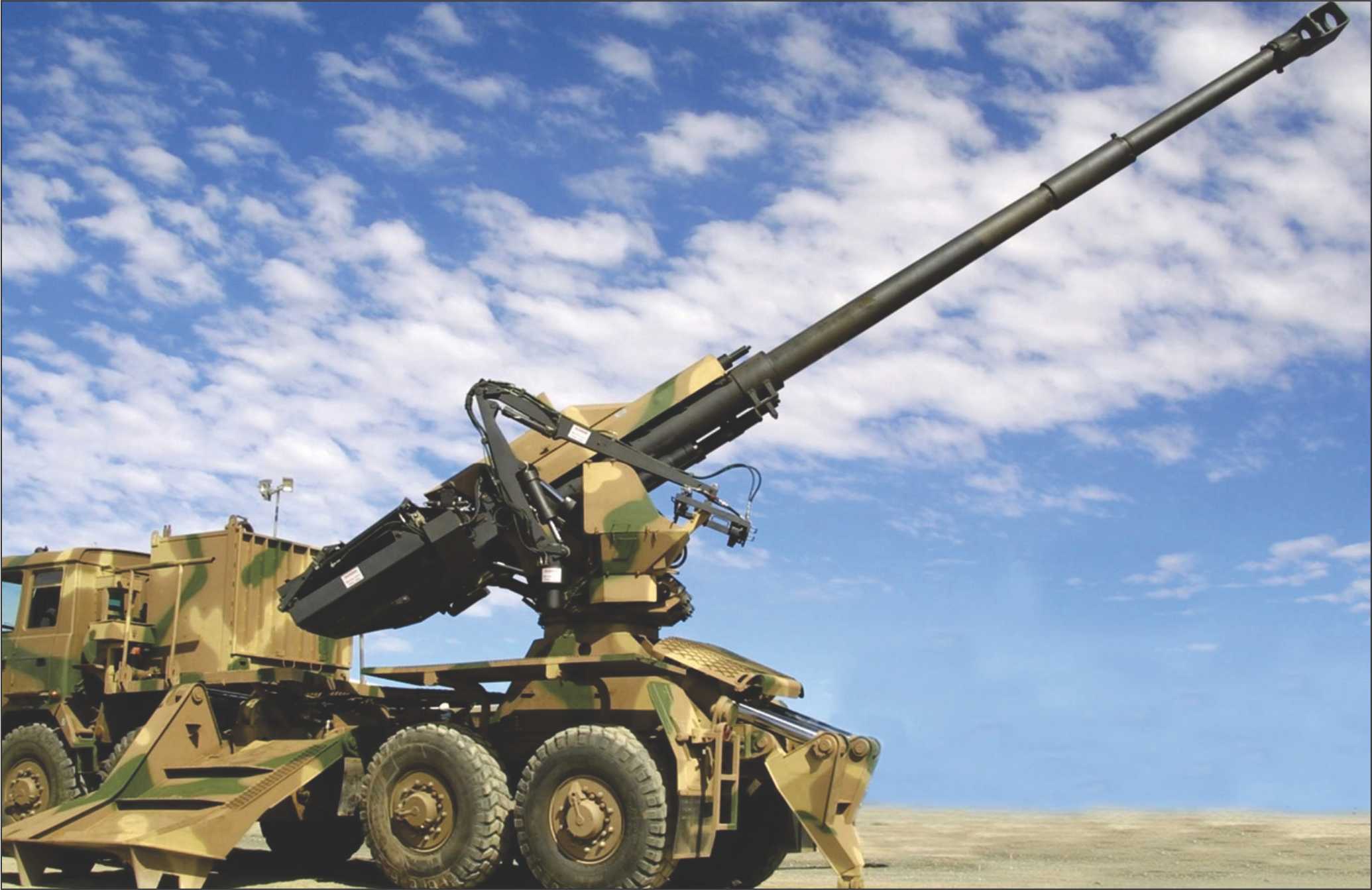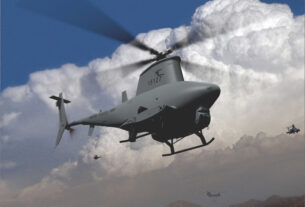An experience in the recent Defexpo 2014 underlines the convoluted manner in which the induction of the private sector into the “defence industry” network is being handled.
A very well-known Indian company was displaying an anti-tank munition which is described generically as an armor piercing fin stabilized disposable sabot (APFSDS).
India has been producing this item within the country for decades. It consists of a heavy metal penetrator (tungsten) which is fin-stabilized and shaped like an arrow. Because it has very little body mass its passage through the barrel of a tank gun is facilitated by wrapping a “sabot” or sleeve around the penetrator. This sleeve falls off as soon as the munition leaves the barrel and the penetrator is well on its way to the target.
But as it turns out there is a list of items of 26 technologies that the Defence Research and Development Organisation wishes to acquire from abroad through the offsets channel.
When the Indian company’s senior representative was asked if his company had tendered for the APFSDS item and the separately-listed “composite sabot manufacturing technology”, the representative had no clue of what the government wanted. Rather he took a photocopy of the list of wanted technologies.
When same question was asked to an American company which was also displaying the APFSDS munition, the American representative said he had the same list that the interlocutor was carrying and that his company would bid for the contract.
Shifting focus
Here was an Indian mini-Ratna company that displayed an indigenous weapon that did not know that the Ministry of Defence was looking to foreign dealers to fulfil its requirement. This makes one wonder how, indeed, is the Government going to shift the focus from buying defence equipment from the global market to giving pre-eminence to the Indian producer.
On the face of it, here is an Indian company that has acquired or created the technology to make a munition that will be required in bulk in the event of hostilities. Instead of ascertaining the capabilities for the production of these items in the wanted list of technologies, India is still looking at foreign sources to meet its needs.
What it should have done is to ascertain, suo motu, the capability of Indian companies to be able to fulfill the demands as per the wanted list and encourage them to create prototypes for evaluation and hold a contest to choose the winner. Instead, the circuitous route via a foreign supplier appears to be the first choice of options.
On the other side, some private companies that are interested in creating artillery pieces to fill the large gap that has been created by the failure to finalize acquisition of towed and self-propelled howitzers to supplement the Bofors guns are asking for the use of field firing range facilities to be able to test their prototypes.
There has to be a system in place by which the Indian Army lends the use of the field firing ranges in accordance with its own requirements to bring artillery units for practice at given intervals. The Army appears to be reluctant on the use of these ranges by private parties.
It would be better if the Ministry of Defence selects one range for testing of indigenously developed weaponry be it artillery or small arms with officials from the training command supervising the actual tests. Technical expertise can be shared with the private sector through seminars and the collegiums approach, ranging from the design to the testing and induction phase.
It is very possible that the private sector which has hitherto not invested in research and development of weapons systems will take many years to shift to a culture of futurism in the defence field.
About a third of the 26 items on the list of wanted technologies relate to gun systems be it technology for gun barrel production, anti-tank munitions, electromagnetic rail gun, advanced recoil systems, composite sabot manufacturing technology and precision guided munitions.
Given the manner in which foreign firms have finalized partnerships with Indian majors indicates that production under license is intended. Indian experience of this kind of arrangement has been largely pathetic in that incremental indigenous growth-or what a fashionable word in DRDO was several decades ago-leapfrogging, has hardly shown itself.
R&D investment
In fact after many decades of licensed production and competence building India finds itself buying every type of weapons platforms from outside that the Indian Armed Forces require.
This is a cyclical phenomenon that repeats itself every decade or so. The opening up of 100 per cent participation of the private sector in the defence industry will go very much the same way unless the government insists that the private companies show evidence of setting up research and development departments that could, over time, be able to produce an indigenous next generation weapon system.
One cannot help but get the impression that the private sector, in its hurry to break into the defence production system, is trying to reinvent the wheel without really understanding the ground realities of the Indian security perimeter or the requirements for counter-insurgency operations.
If we take the case of the several different versions of mine protected vehicles on display at the Defexpo, each are a huge behemoth with obvious vulnerabilities sticking out like sore thumbs.
It is no secret that the Maoists have got the measure of this weapons platform and having discovered that the maximum explosive force that it can withstand is about 15 kilograms of RDX explosive they have been planting as much as 50 kgs of explosives in its path and the consequence has been that the undercarriage has been blown to smithereens and the superstructure has crumbled like a matchbox. That nobody inside would have survived was a foregone conclusion.
Yet security forces are still been supplied with this equipment. Once the wheels are blown away the superstructure falls on its side. This means that the soldiers inside who may have managed to survive cannot open fire because the windows or firing ports of one side are pinned to the ground and the windows on the other are pointing skywards.
An absolute lack of imagination is becoming apparent and the tragedy is that the persons at the head of the defence divisions of these top engineering firms in the country are ex-military officers who ought to know better.





